In today’s fast-evolving digital landscape, staying ahead in UX requires embracing a user-centered design (UCD) approach. This post explores UCD’s essence, significance, process, and best practices for effective implementation.
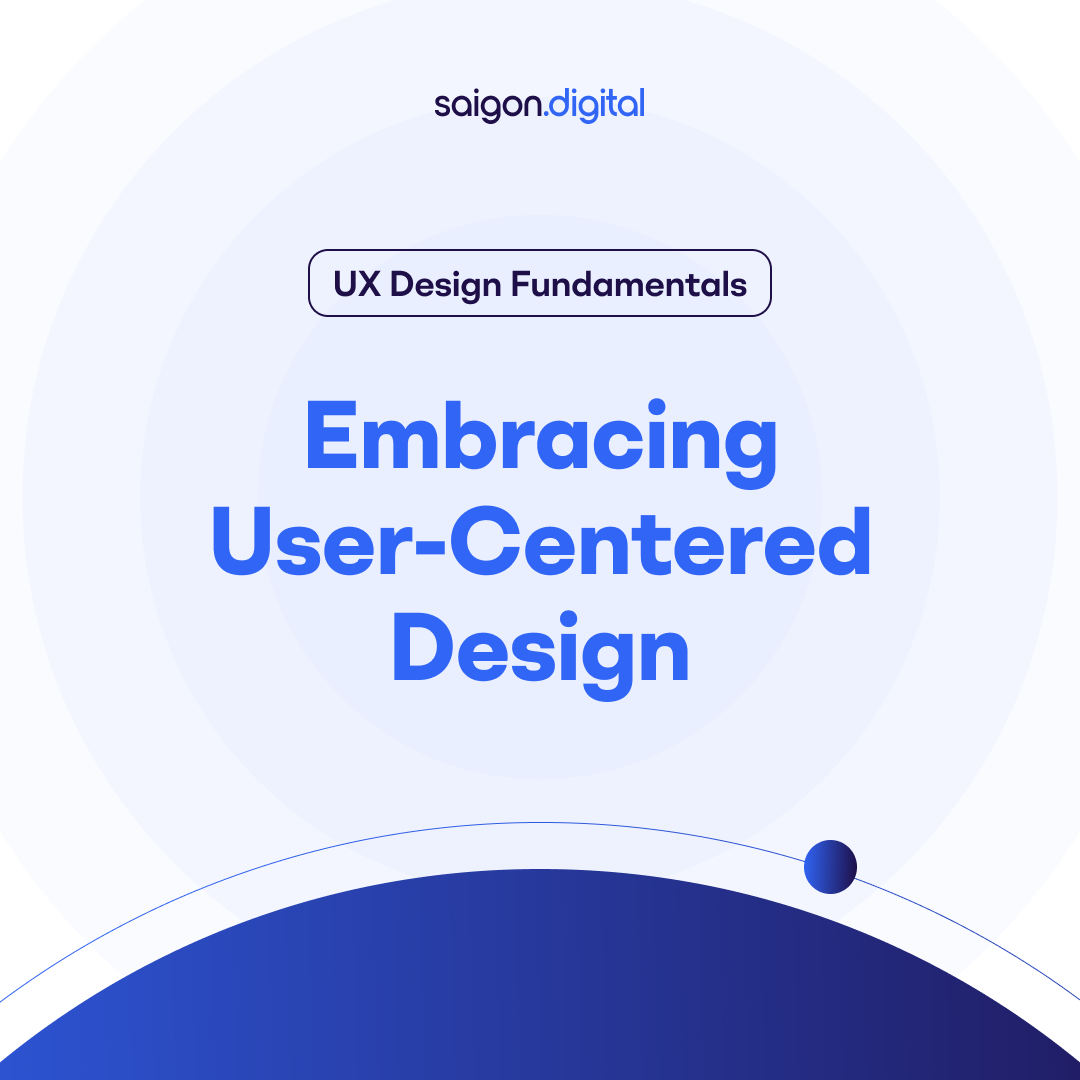
Evolution of UX Design – When UX Design was born?
Do you know when UX design started?
UX design traces its roots back to the 1940s and 1950s, focusing on human factors and ergonomics in design. However, the term “User Experience” was popularised by Don Norman in the 1990s.
Don Norman is renowned for not only coining the term “User Experience” but also being the first to include “UX” in his job title. This landmark move occurred in his influential work, “The Design of Everyday Things,” published in 1988. It marked a significant departure from the prior term “user-centered system design,” highlighting Norman’s advocacy for prioritising user needs over system aesthetics or functionality. This pivotal shift laid the foundation for the user-centric approach that characterises modern UX design.
Does Feng shui have any related to UX Design?
Throughout history, humanity’s pursuit of harmony and comfort has sparked numerous innovations, driving progress in industries, transportation, and architectural design. While “user experience” has surged in modern usage, its origins stretch back to 4000 BC, notably in Chinese philosophy. Feng Shui, an ancient practice, offers early insights into principles still relevant in contemporary user experience design.
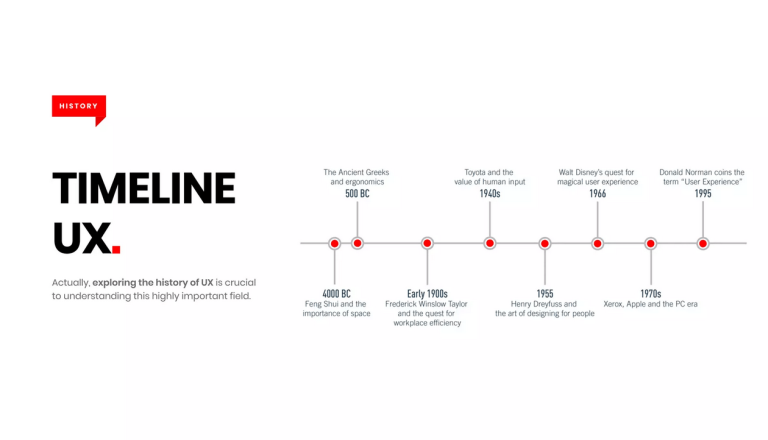
Source: SlideShare
Feng Shui philosophy and user experience design share the goal of harmonising individuals with their environments, whether physical or digital. They both aim to create intuitive, functional, and pleasing spaces that enhance quality of life and satisfaction. Achieving optimal interaction demands innovative design solutions that cater to human needs and preferences, emphasising the importance of understanding human behaviour.
Why is UCD Crucial Today?
The digital marketplace is crowded, and user expectations are higher than ever. Users seek intuitive, seamless experiences that cater to their needs and preferences. A UCD approach enables designers to create products that resonate with users, fostering loyalty and satisfaction. Moreover, in an era where digital accessibility is increasingly recognised as a right, not a privilege, designing with all users in mind is not only ethical but also a legal imperative in many jurisdictions.
The UCD Process
- Understand Your User
- Design with Users in Mind
- Iterate Based on Feedback
1. Understanding Your User: The Foundation of UCD
Gain user insights through research
Begin the User-Centered Design (UCD) process by thoroughly understanding your users. Conduct extensive research using surveys, interviews, and observations to uncover their needs, preferences, and challenges.
Synthesising this data into personas enables designers to maintain a user-focused approach throughout the project lifecycle, ensuring design decisions are grounded in real user insights.
2. Designing with Users in Mind: From Insights to Interaction
Translating Research into Design Solutions
With a clear understanding of your users, the next phase involves translating these insights into actionable design decisions. This step sees the creation of sketches, wireframes, and prototypes as tools to visualise solutions that address user needs.
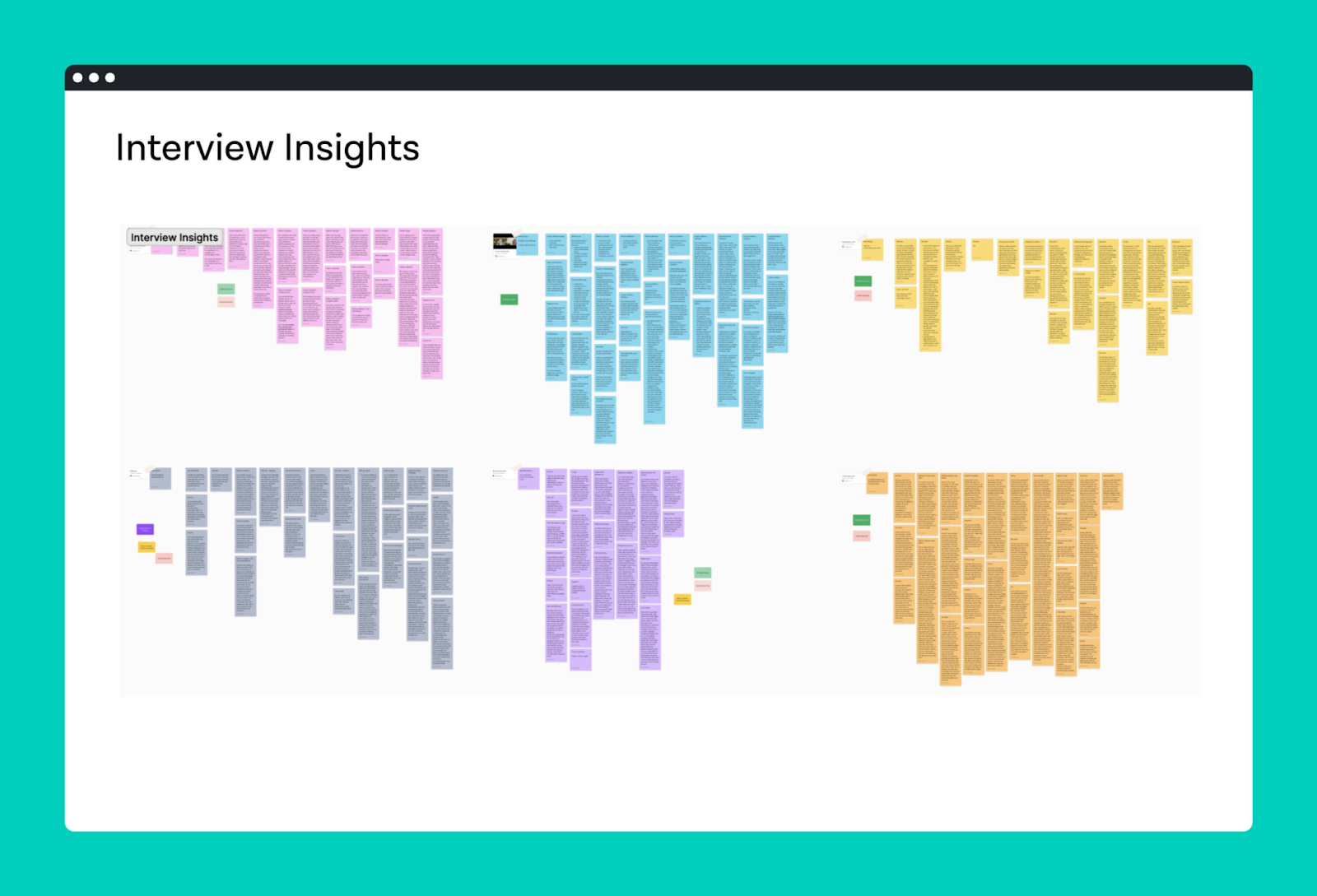
Critical to this stage is the inclusion of users through usability testing, allowing for early detection and rectification of potential issues. This approach ensures that designs are not only aesthetically pleasing but are also functional and easy to use from the user’s perspective.
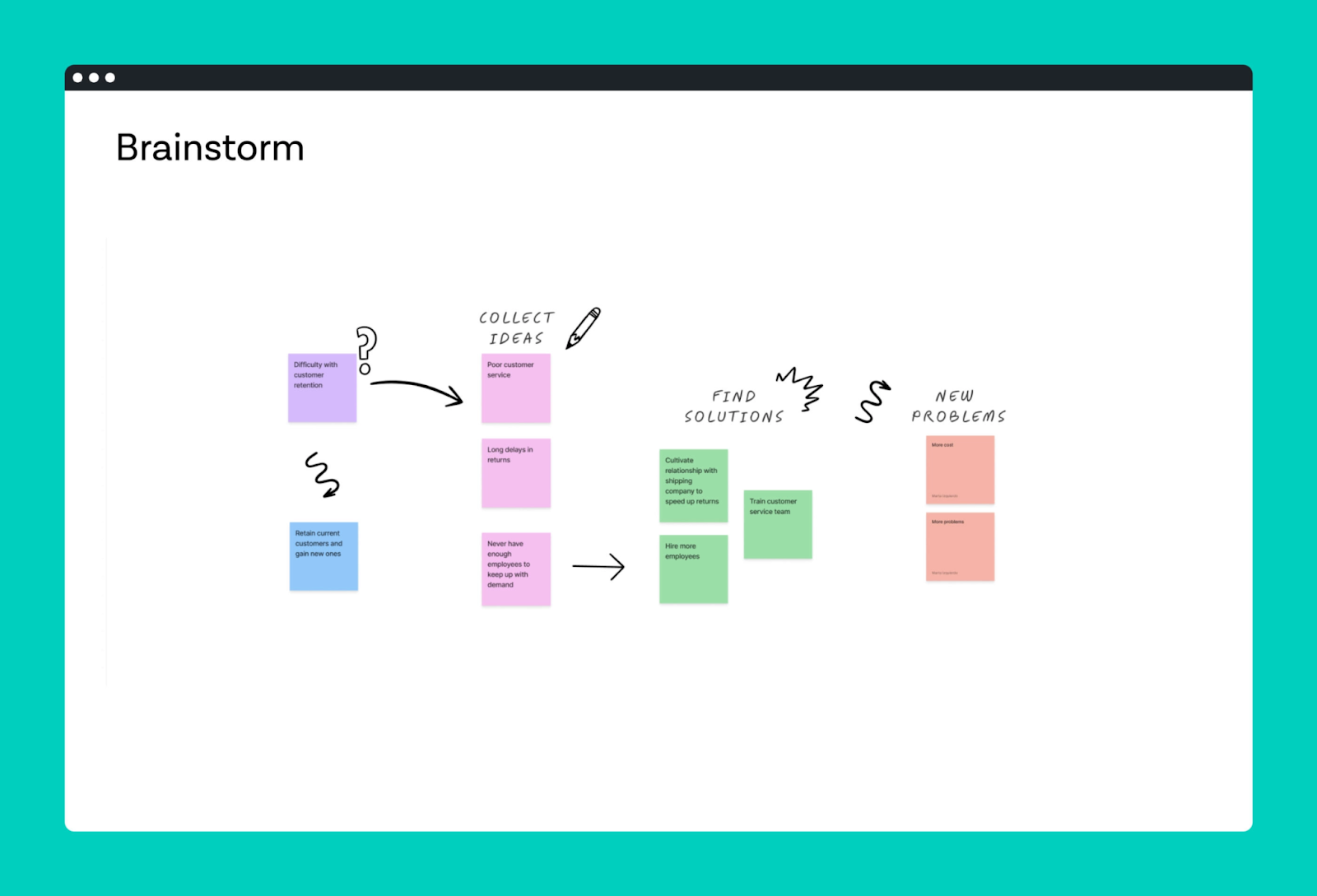
3. Iteration Based on Feedback: Refining for Excellence
The Iterative Nature of Enhancing User Experience
UCD is characterised by its iterative nature, a cycle of refinement that revolves around user feedback. This phase involves presenting prototypes to users, gathering their feedback, and using these insights to refine the design.
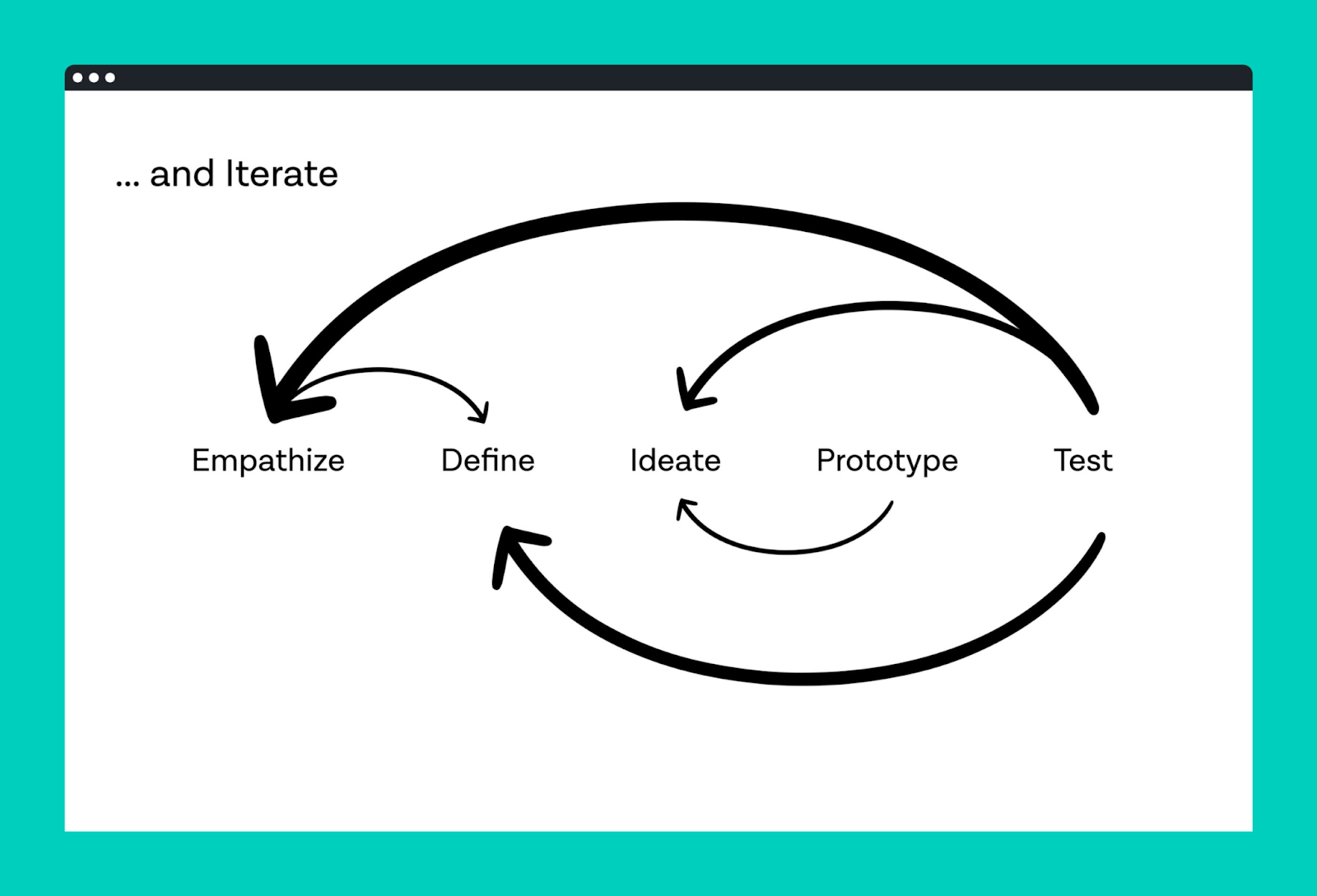
This iterative process of testing, feedback, and revision is crucial for honing in on a design that truly resonates with users and meets their needs. By continuously refining the design based on user input, designers can ensure the final product is not just usable but also delightful and effective.
Best Practices for Implementing UCD
- Embrace a Collaborative Approach
- Prioritise Accessibility from the Start
- Stay Flexible and Open to Change
- Keep Learning and Adapting
User-Centered Design is not just a method; it’s a mindset. In the current competitive and fast-paced digital landscape, adopting a UCD approach is essential for creating digital products that are not only functional but also delightful to use.
By focusing on the users, their needs, and their feedback throughout the design process, UX professionals can ensure that their products stand out for all the right reasons. Embrace UCD and watch your digital products transform from mere functionalities into meaningful, user-driven experiences.
Ready to transform your digital experience? Contact Saigon Digital today to schedule a consultation and explore how we can help you achieve your UX design goals. Explore more insights on UX design and stay updated with our blog series.




